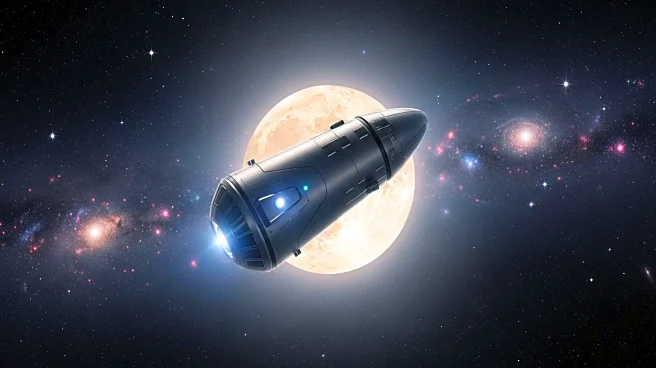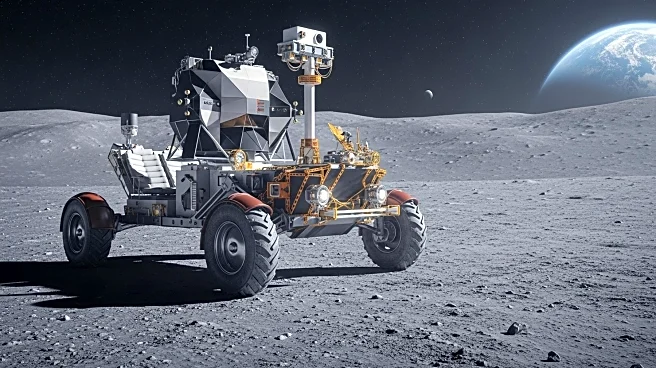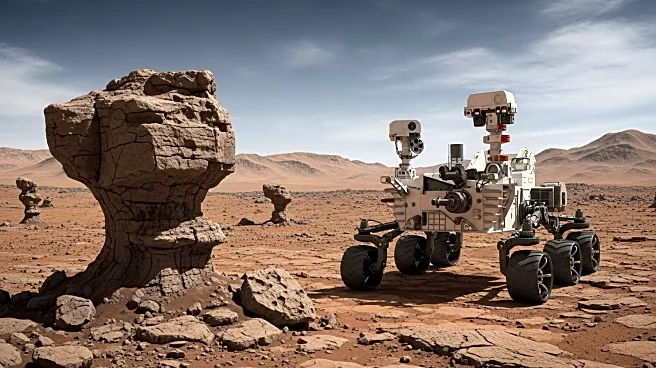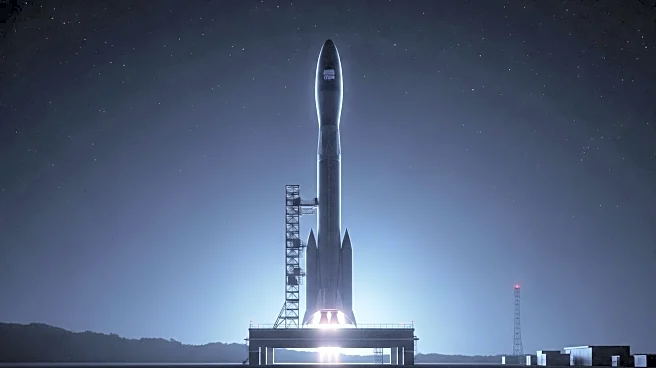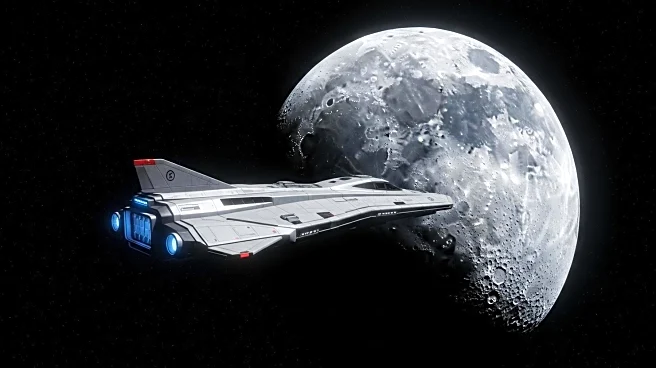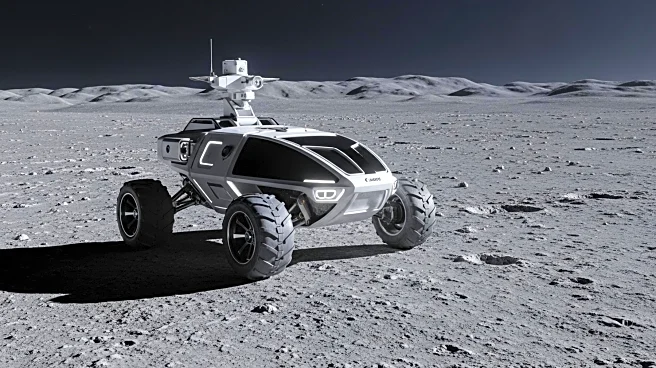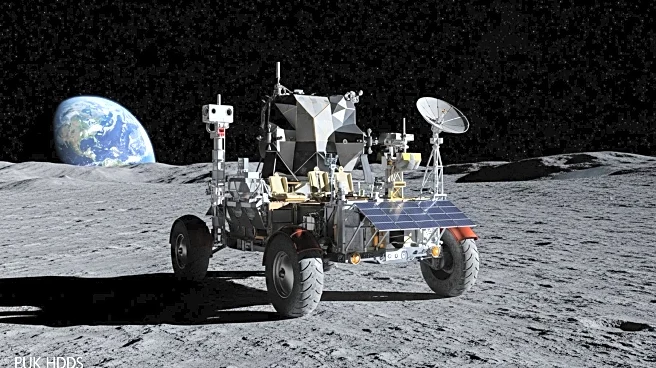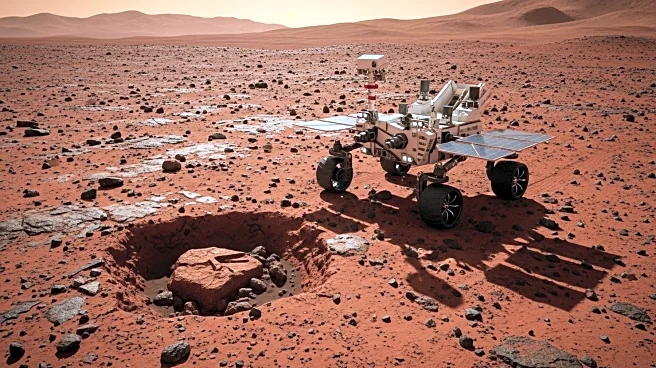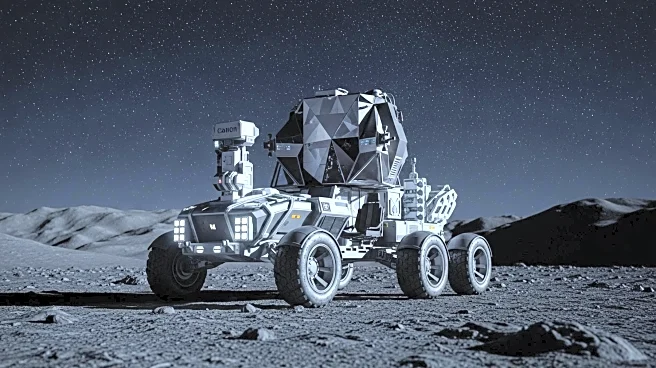What's Happening?
NASA has initiated the 'Rock and Roll with NASA Challenge' on the innovation platform HeroX, inviting the public to design wheels for lunar rovers. The challenge targets students, engineers, and creative minds to develop wheels capable of enduring the Moon's harsh conditions. The lunar surface presents significant challenges, including jagged rocks, steep slopes, and abrasive regolith dust. NASA's previous rigid wheel designs performed well at low speeds but struggled at higher speeds. The agency seeks a next-generation wheel that is lightweight, flexible, shock-absorbent, and resistant to lunar dust, with the ability to function for years without maintenance. The challenge will unfold in three phases from Fall 2025 to Spring 2026, offering up to $150,000 in prizes. Participants will submit concepts, build prototypes, and test them in simulated lunar environments. Winning designs may be integrated into future rovers for the Moon, Mars, and beyond.
Why It's Important?
This initiative is crucial for advancing lunar exploration technology, as the design of durable and efficient wheels is vital for the success of future missions. By engaging the public, NASA taps into a diverse pool of ideas and innovations, potentially accelerating technological breakthroughs. The challenge not only fosters public interest in space exploration but also encourages educational and professional development in engineering and design fields. Successful designs could significantly enhance the mobility and operational lifespan of lunar rovers, facilitating more extensive exploration and research on the Moon and other celestial bodies. This could lead to new discoveries and insights into the Moon's resources and environment, supporting long-term goals of lunar habitation and resource utilization.
What's Next?
The challenge will proceed through its three phases, with participants submitting designs, building prototypes, and testing them in simulated lunar conditions. As the competition progresses, NASA will evaluate the designs based on their performance, durability, and innovation. The winning designs could be integrated into future lunar missions, potentially influencing the design of rovers for Mars and other planets. The challenge may also inspire further collaborations between NASA and private companies, enhancing the development of space exploration technologies. The outcome of this challenge could set new standards for rover design, impacting future space missions and exploration strategies.
Beyond the Headlines
The challenge highlights the growing trend of public engagement in scientific and technological advancements. By involving the public, NASA not only democratizes innovation but also fosters a sense of global collaboration in space exploration. This approach may lead to ethical considerations regarding intellectual property and the commercialization of public contributions. Additionally, the challenge underscores the importance of sustainable and resilient design in extreme environments, which could have broader applications in other fields such as automotive and robotics industries.

